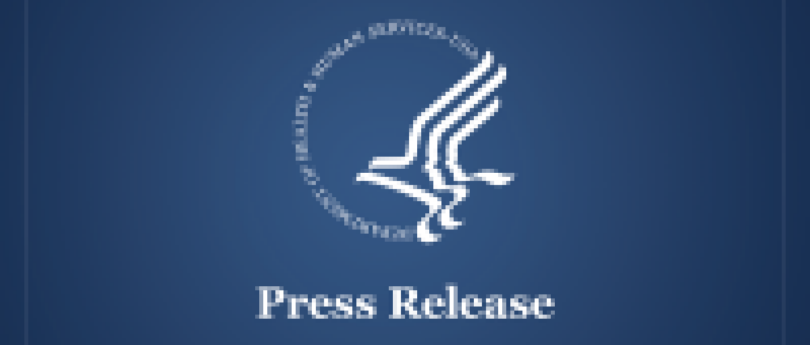Even for those of us with health insurance, navigating and understanding your coverage can be an overwhelming and difficult process, with many documents requiring hours to sort through. For many people who do not purchase work health insurance, the confusion and complexity arises at an early stage when trying to purchase coverage.
Signing up for something as critical as health insurance shouldn’t be “difficult or confusing,” but many people are still uninsured, either because they don’t know their eligibility or because they find the daunting process.
There are serious challenges in keeping families covered due to the impending Medicaid demise, which has the potential to end Medicaid for nearly 5 million Latinos. The Biden administration must use every tool available to connect the uninsured to affordable health coverage and fully realize the opportunities offered by the Affordable Care Act (ACA) and the Cut Inflation Act passed last month. last year. One of the ways the administration can help is to create a model for states to use the necessary waivers to automatically enroll eligible, uninsured families who request health coverage assistance through tax forms. on state revenue.
Despite unprecedented progress in enrolling more people in health coverage, millions of Latinos and others are being denied health care due to an “enrollment gap” of long time. In 2017, more than 7.5 million people were uninsured but eligible for Medicaid or the Children’s Health Insurance Program (CHIP). Recent investments made under the Cut Inflation Act have made more than 6.5 million uninsured Americans eligible for zero-premium coverage. While the recent open enrollment period saw a 13% increase in enrollment over the previous year, millions of people are still uninsured but eligible for coverage.
In his very first month in office, President Biden has articulated his vision to help more people get affordable, quality health insurance, but the enrollment gap presents a serious barrier to achieving that goal.
The enrollment gap exacerbates pre-existing racial and ethnic disparities in access to coverage and care. In 2017, Latinos made up more than a quarter and black Americans more than a fifth of all people under the age of 65 who lacked health insurance. Nearly 1 in 5 Latinos were uninsured in 2021, compared to just 1 in 20 non-Hispanic whites.
While Latinos and members of other communities of color are particularly likely to be uninsured, many are already eligible for affordable health coverage. About 2.5 million uninsured Latinos are eligible for affordable market coverage and even more are eligible for coverage through Medicaid or CHIP, including nearly 1 million Latino children. Closing the enrollment gap is essential to reducing some of these long-standing disparities in access to health care.
For many, the gap is a result of a lack of awareness that health programs exist or because enrolling in coverage is seen as too “difficult or confusing.” For Latinos, the lingering chilling effect of the public charge rule is contributing to the enrollment gap as families worry about the immigration consequences of enrolling in public programs. Lack of awareness is also driven, in part, by insufficient investment in culturally and linguistically competent outreach. Historically, Latinos – especially bilinguals and Spanish speakers – are far less likely to have heard of affordable market coverage than non-Hispanics and English-only speakers. Providing quality, affordable health care means little to someone who isn’t aware of it or doesn’t know how to enroll in it.
A simple method to close the enrollment gap is for a state to look at the data it already has access to that establishes an individual’s eligibility for health coverage, and ease the burden on overworked families by automatically enrolling them. to affordable health coverage when they qualify for it. Many families already provide relevant income information to the state through their tax returns. In fact, in 2020, more than 90% of all Latinos without health insurance filed federal tax returns according to census data. These statements provide the state with most of the information needed to determine if a family is eligible for coverage.
Ten states already offer uninsured families the option to have relevant information sent to state health agencies to see if the family is eligible for free or low-cost insurance, simply by checking a box on their tax return. . These “easy sign-up” policies are designed so that people who know very little about health programs can know that they are eligible. Ideally, they can also allow registration with minimal effort.
Adopting easy enrollment policies — especially in states with large Latin American populations — could help reduce the disproportionate share of Latinos in the remaining uninsured population. Open Enrollment 2023 has seen record enrollment, with millions receiving affordable or premium-free coverage due to the Inflation Reduction Act. The Biden administration can further expand the law’s impact and build on its legacy of expanding health coverage by taking one simple action: enact a waiver model that allows states to place eligible uninsured health programs.
As we recover from the COVID-19 pandemic and lay the foundations for a stronger and more inclusive healthcare system, it is essential that no family is left behind.
Matthew Snider is a senior health policy analyst at UnidosUS, formerly the National Council of La Raza, a Latin American civil rights and advocacy organization.
Copyright 2023 Nexstar Media Inc. All rights reserved. This material may not be published, broadcast, rewritten or redistributed.



